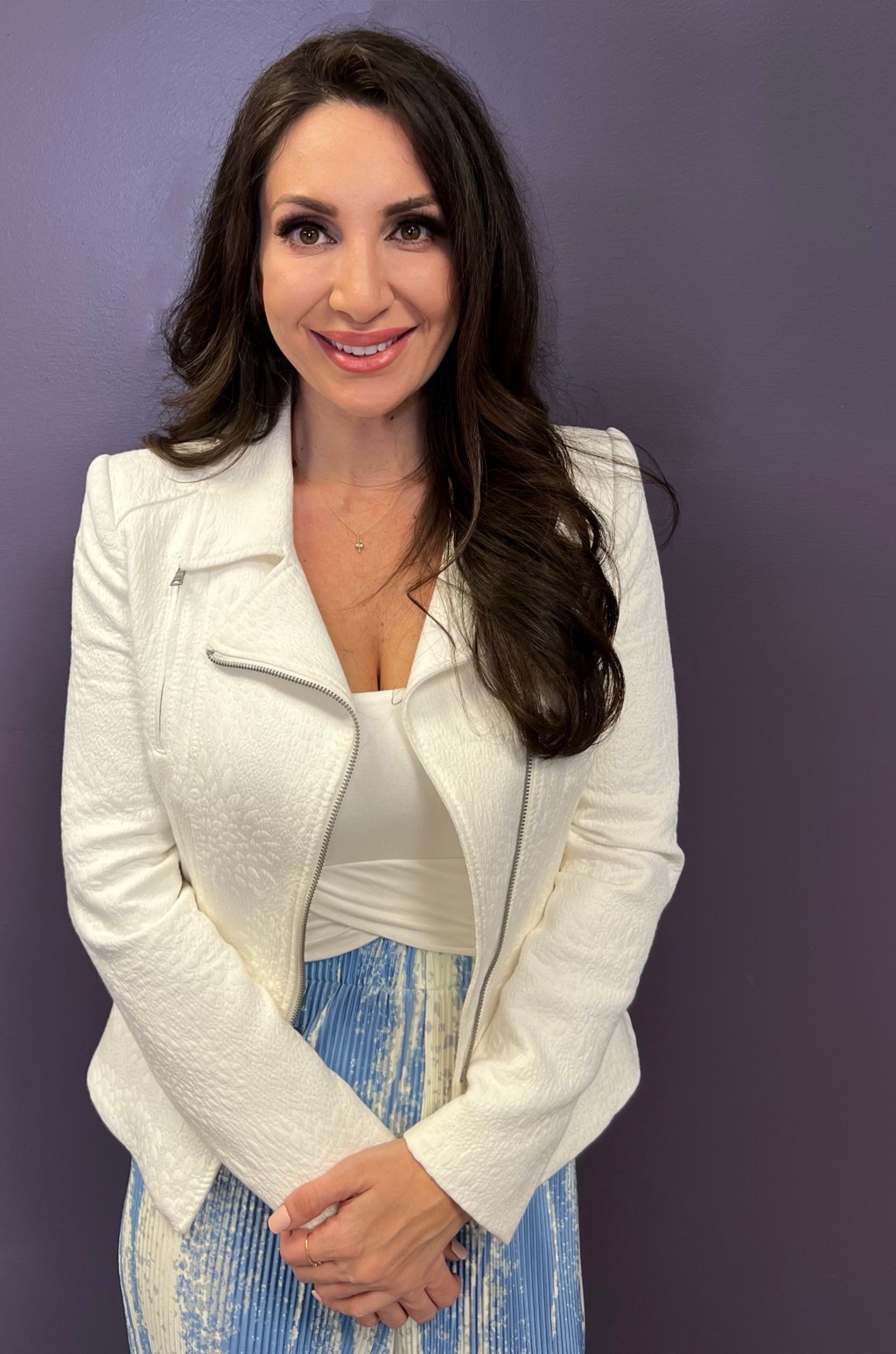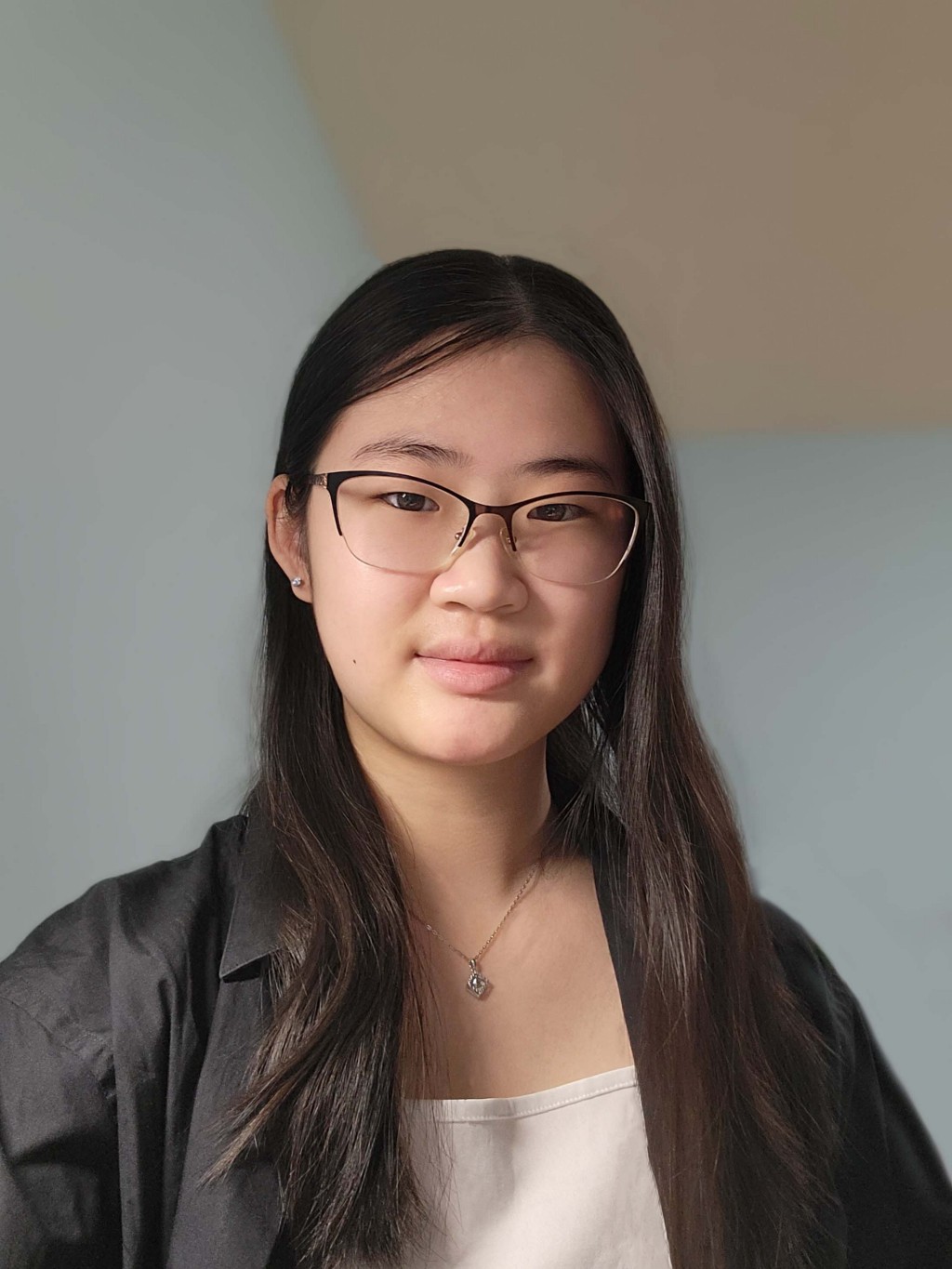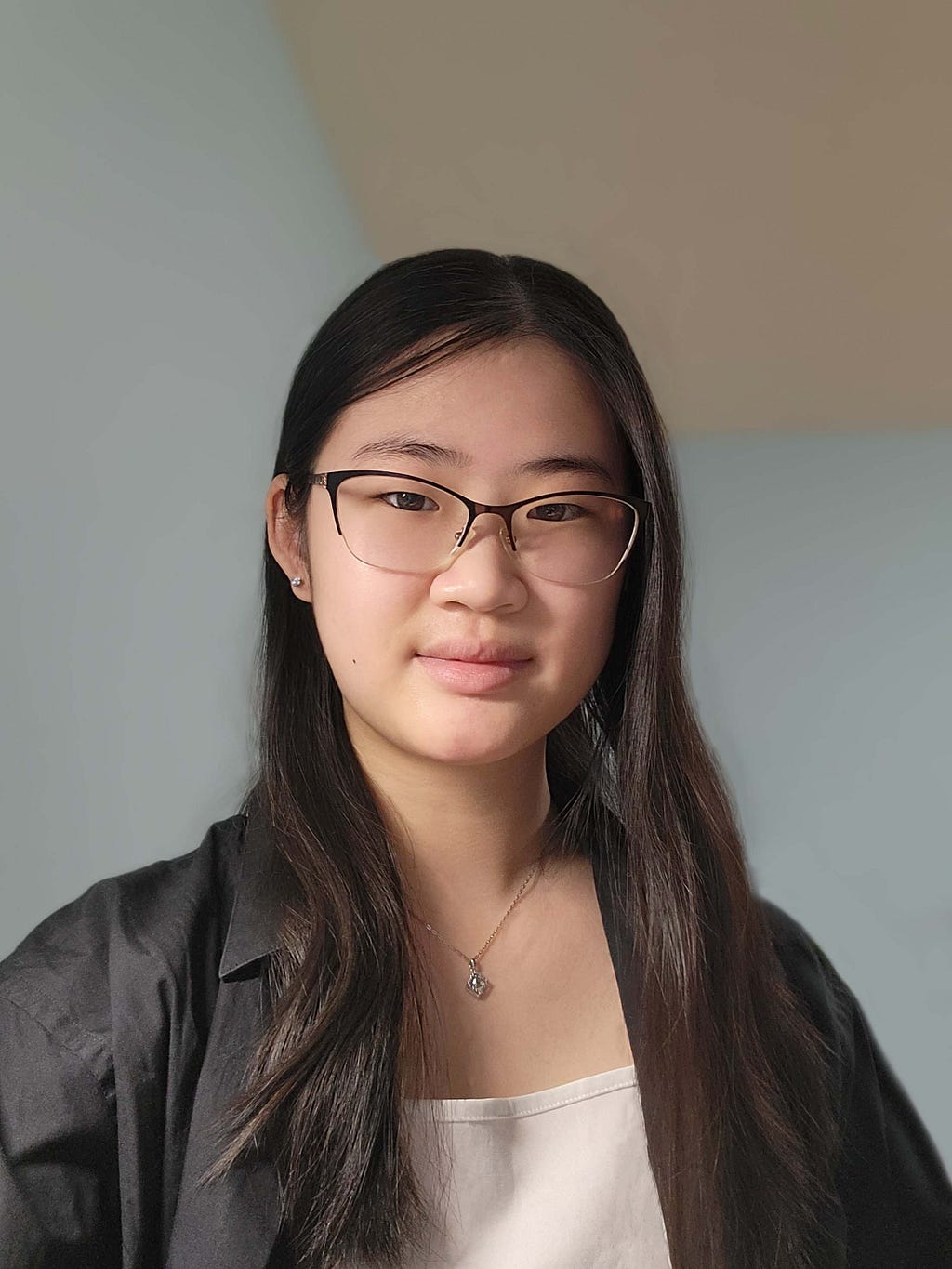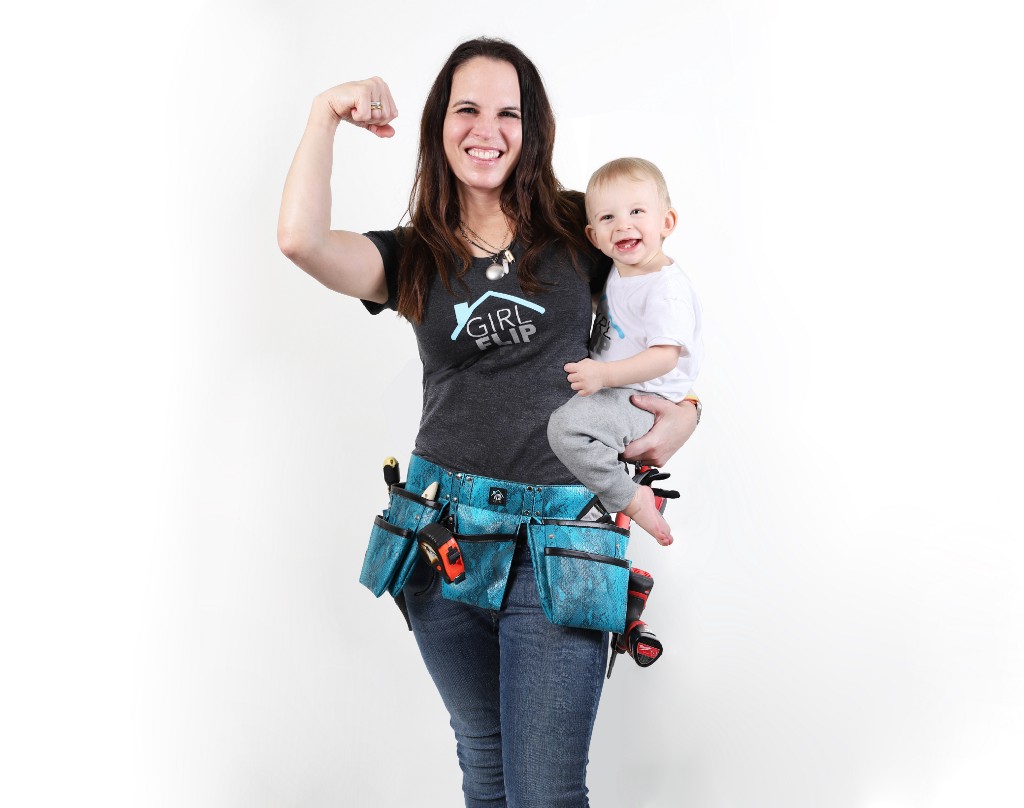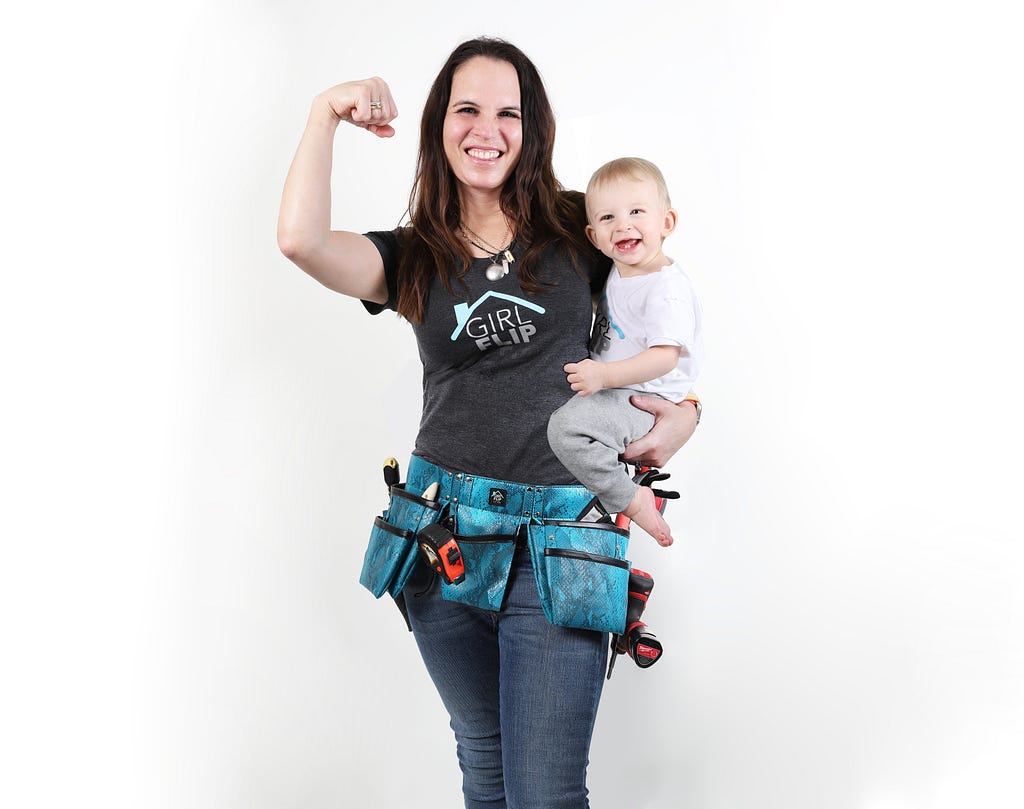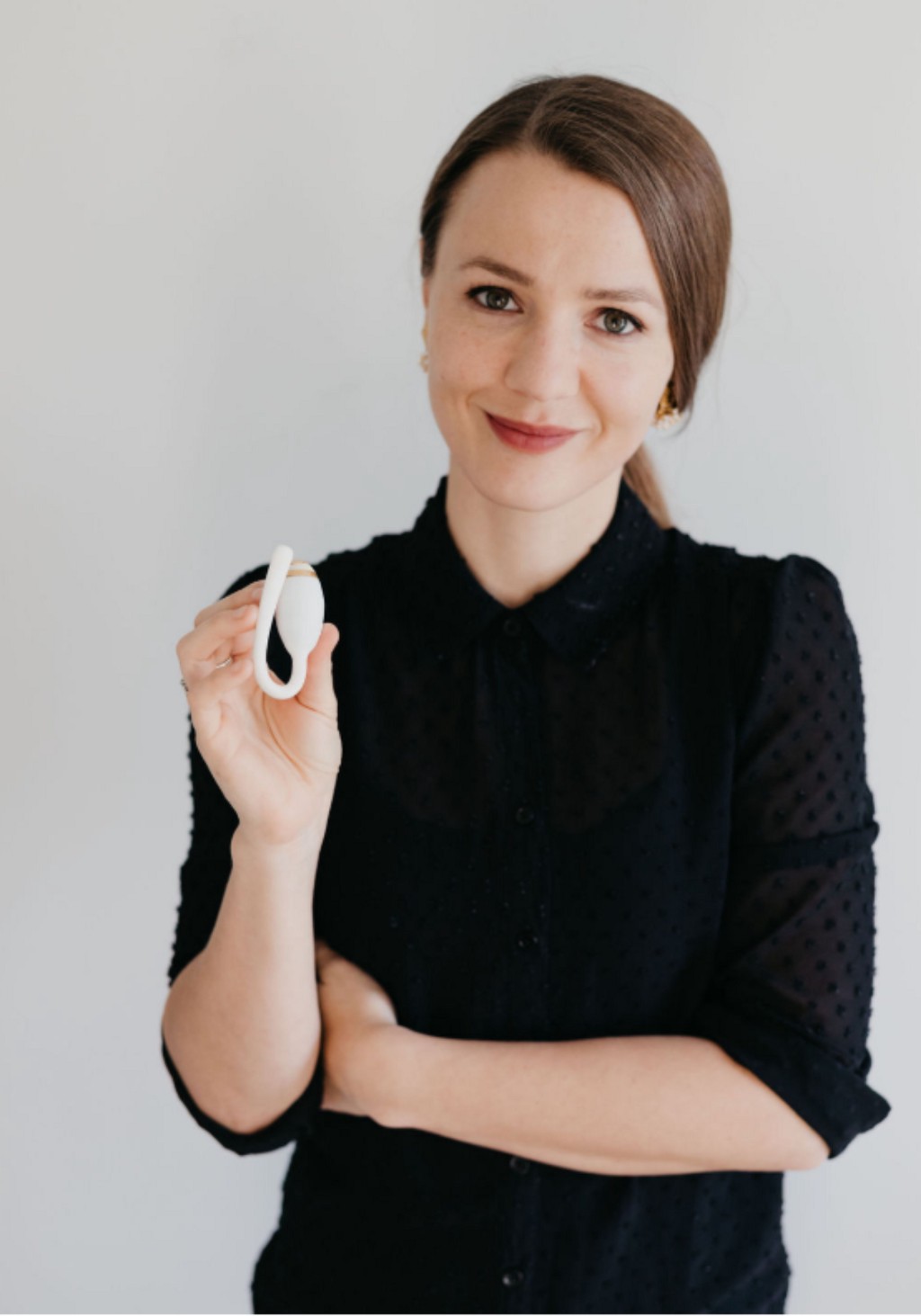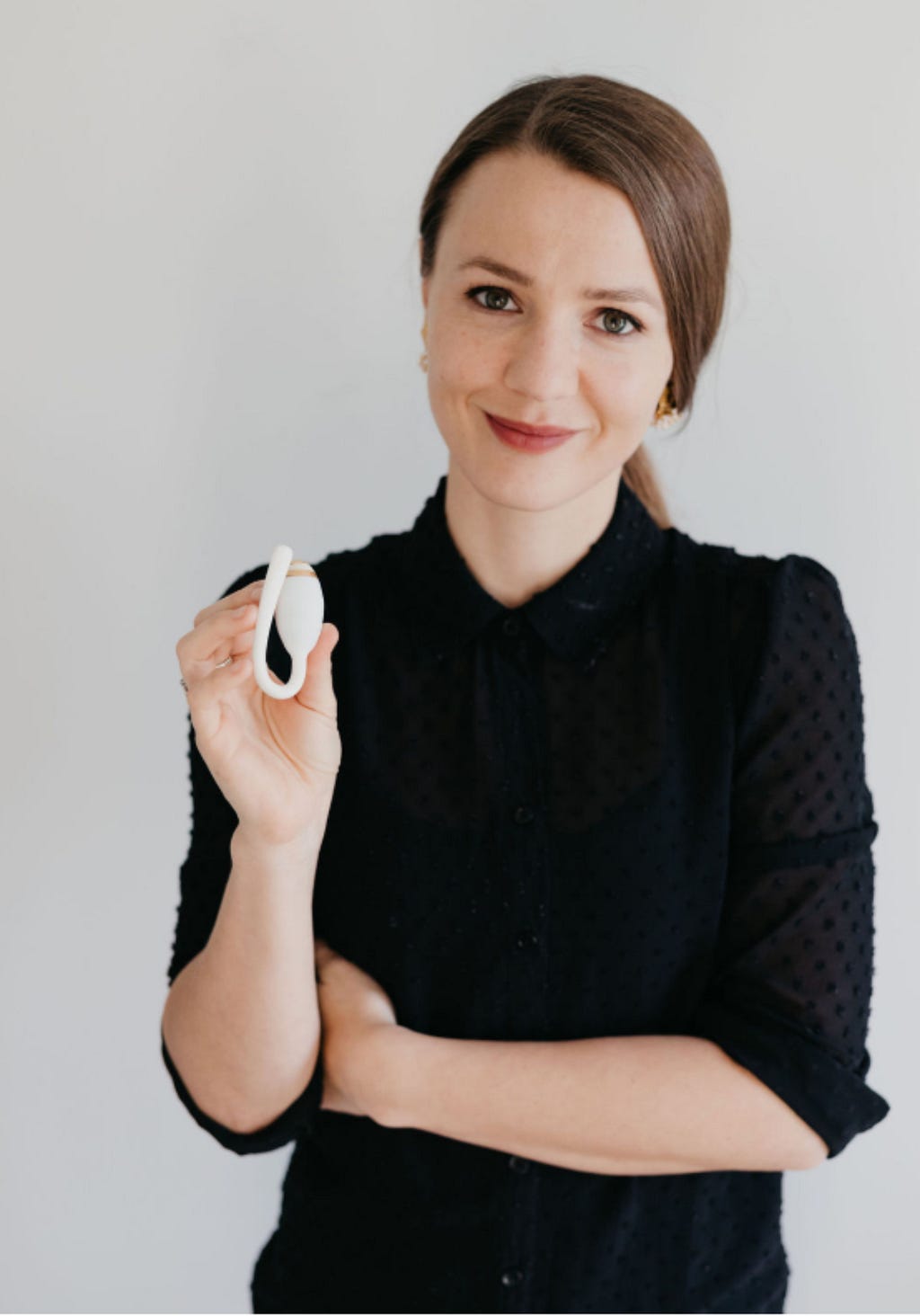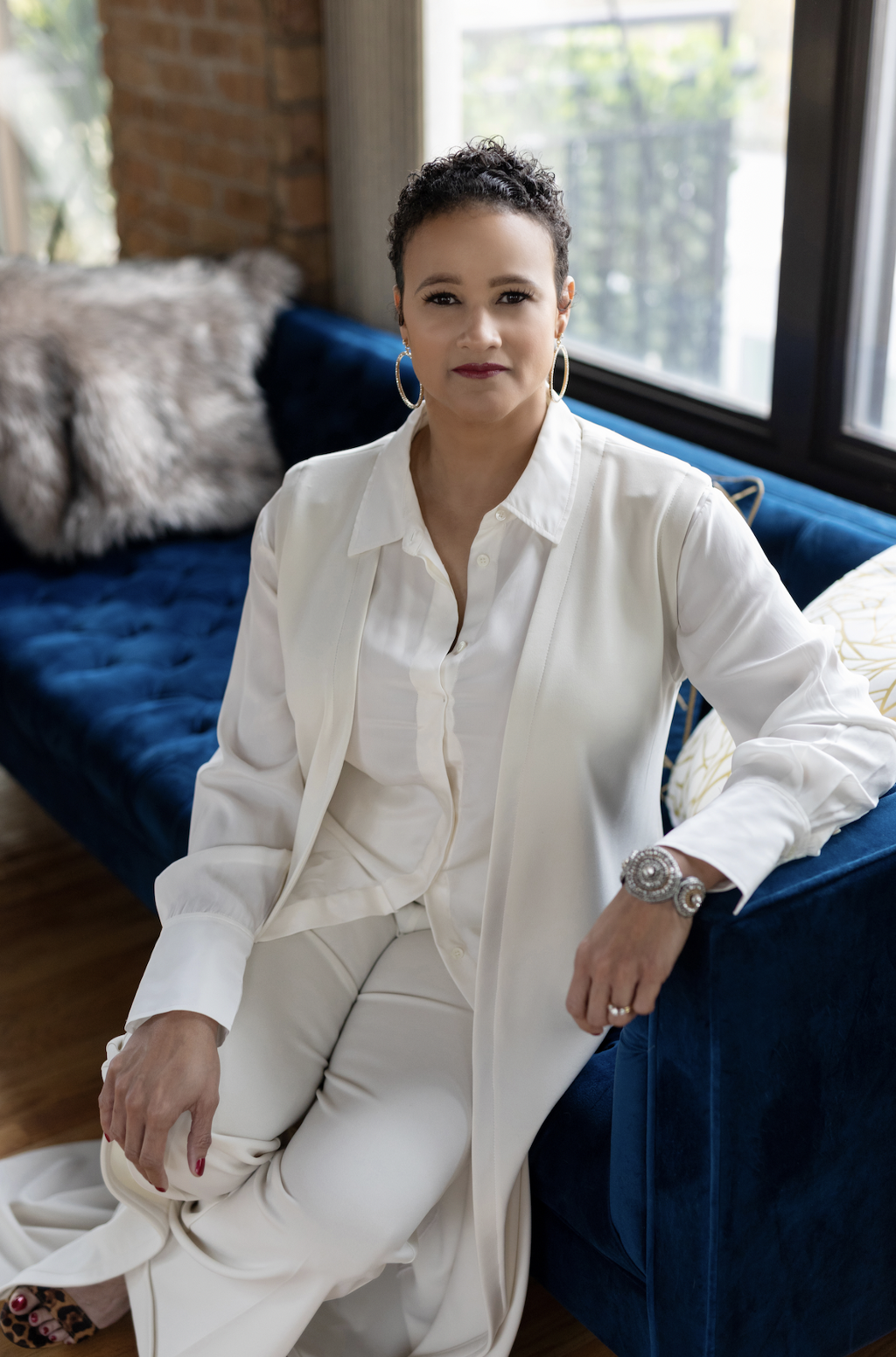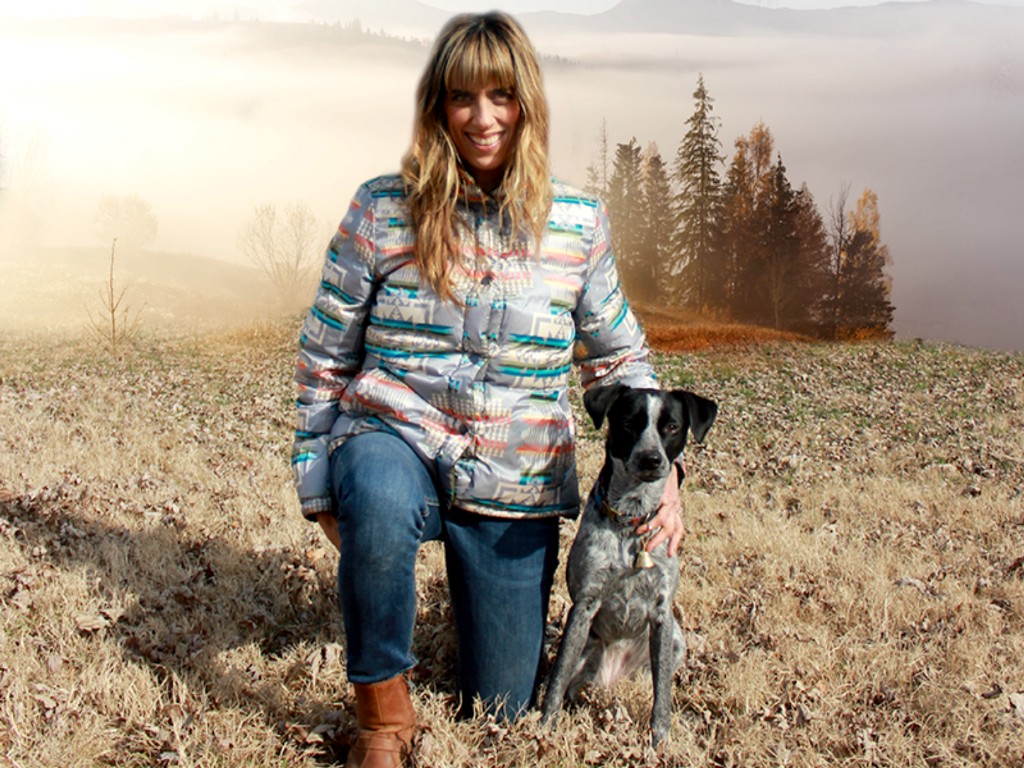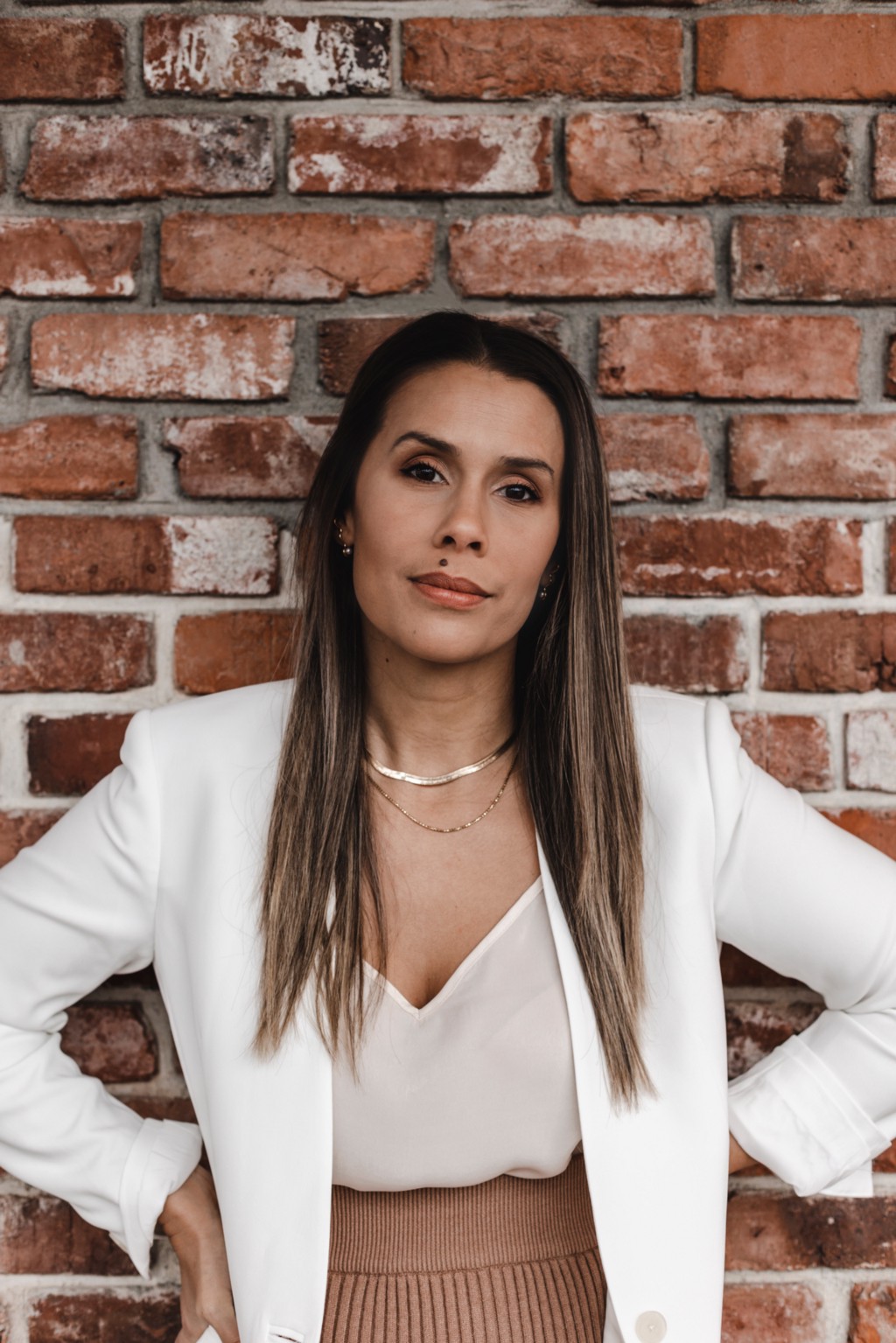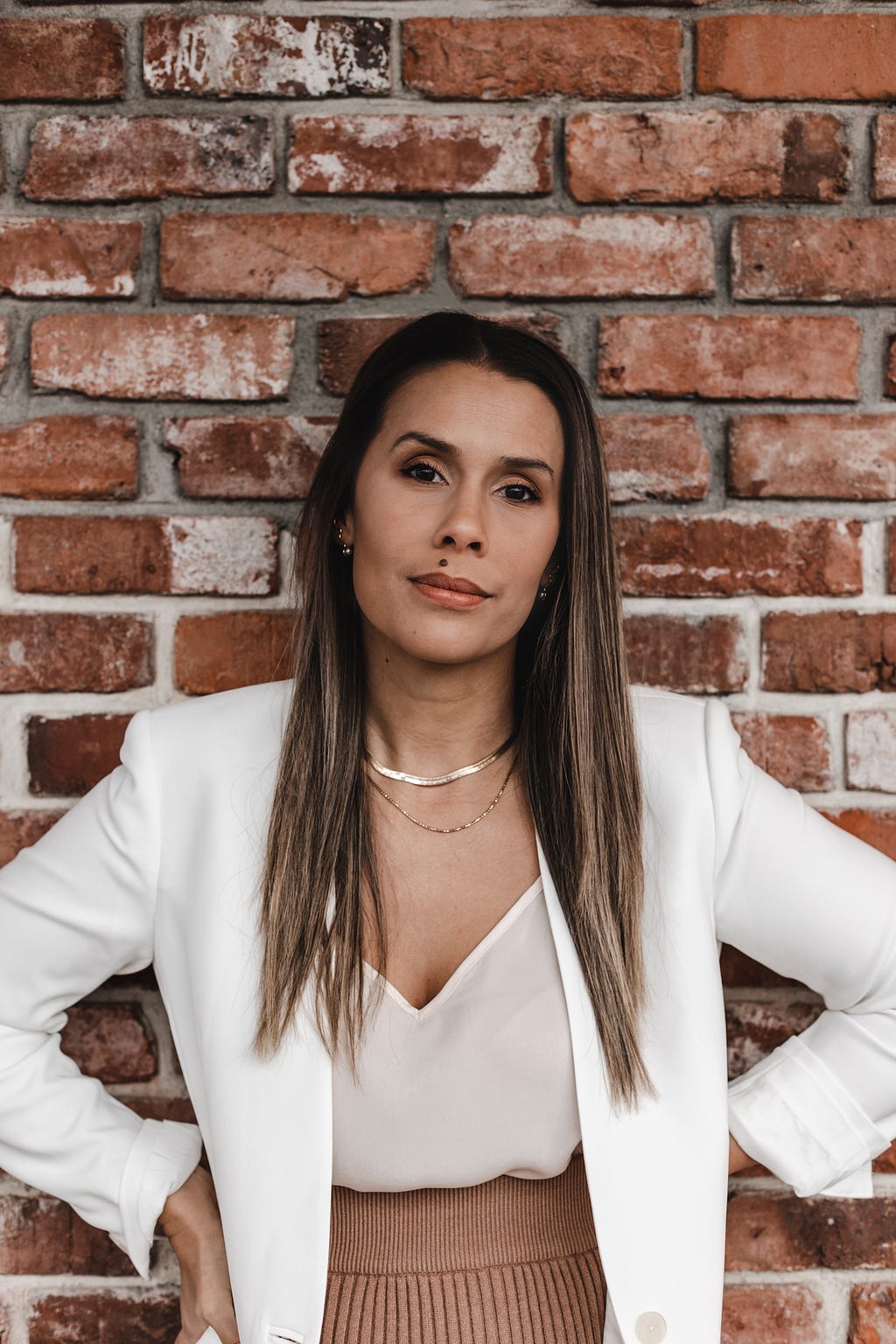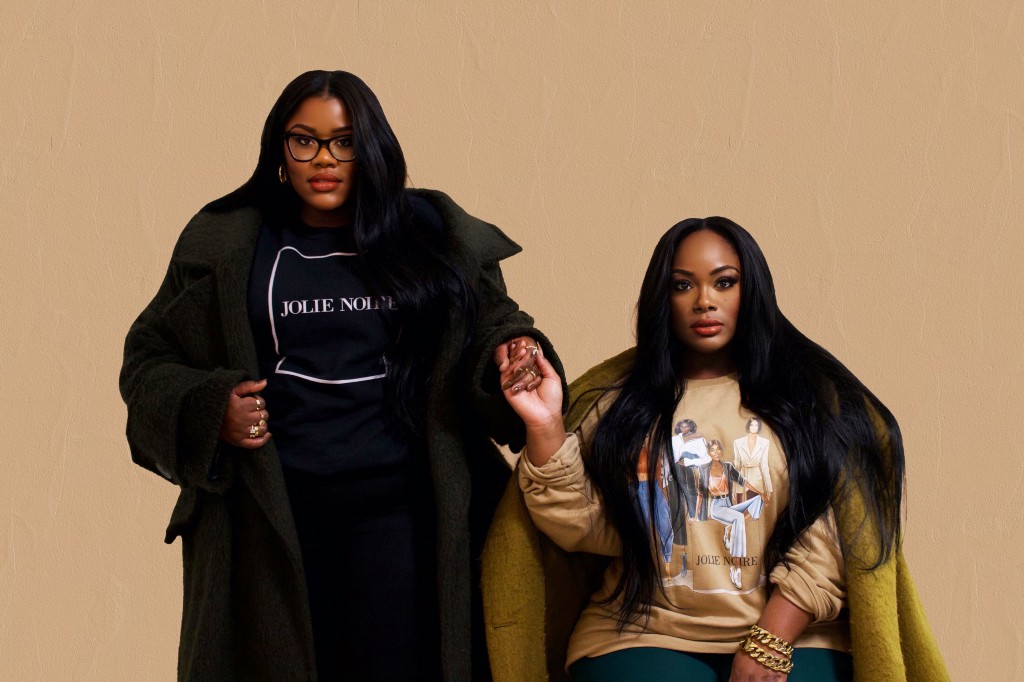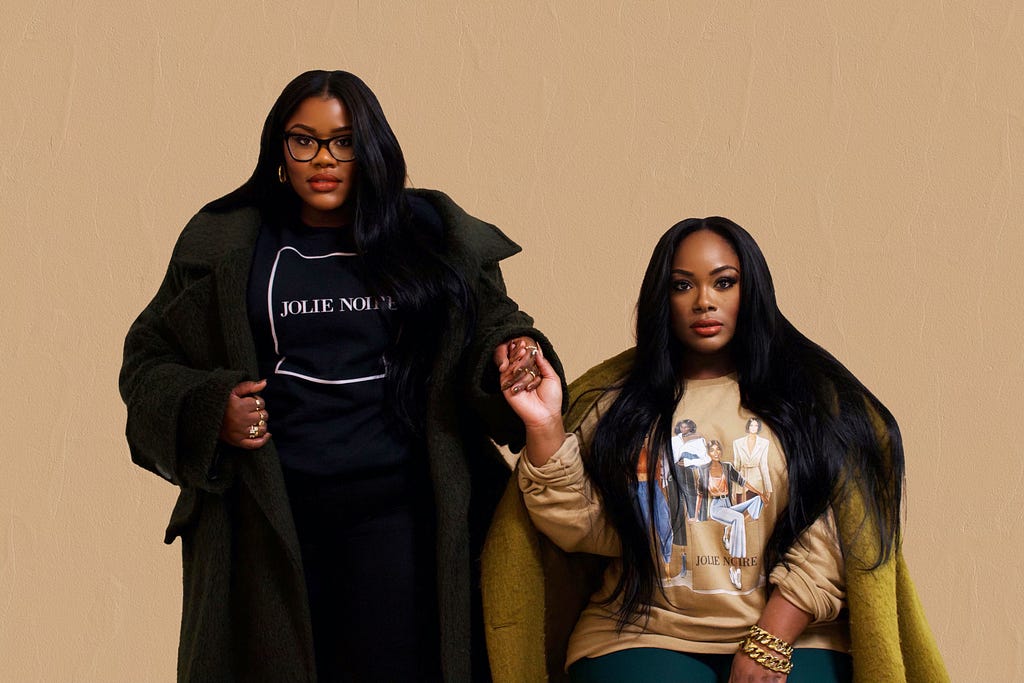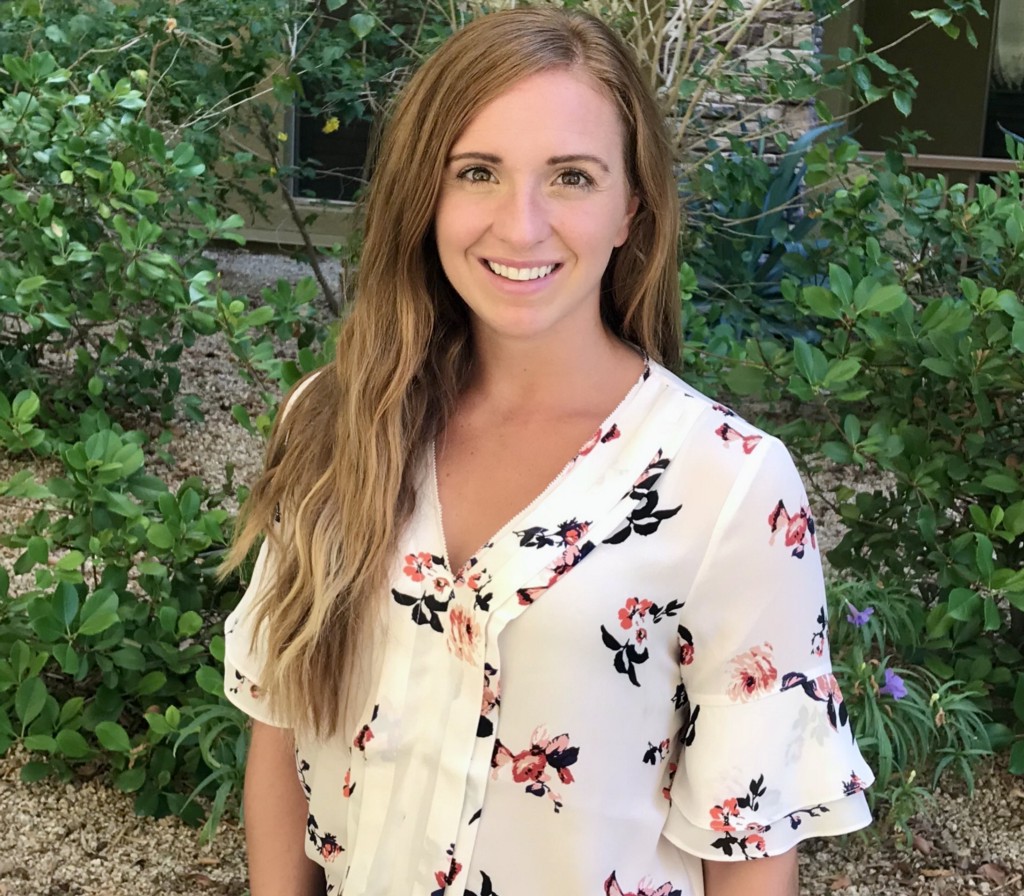Women In Wellness: Christina Thomas of MY Self Wellness On The Five Lifestyle Tweaks That Will Help Support People’s Journey Towards Better Wellbeing
An Interview With Candice Georgiadis
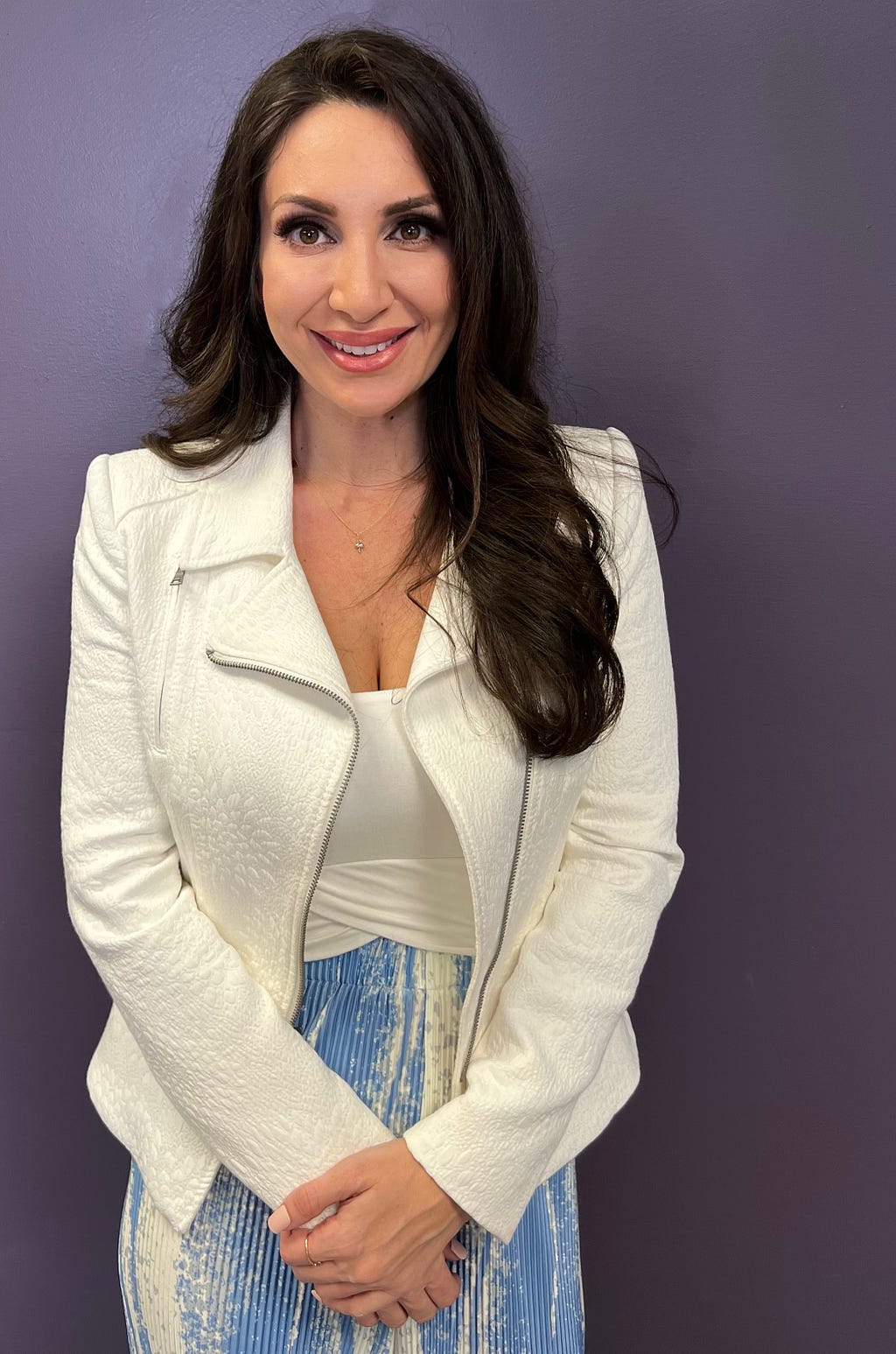
Switch harmful beauty products out for cleaner alternatives. Most women only think about what they’re putting into their bodies and forget that a lot of the products they put on their bodies are actually filled with harmful toxins and chemicals.
As a part of my series about the women in wellness, I had the pleasure of interviewing Christina Thomas.
As President and Founder of MY Self Wellness, Christina Thomas leads management and operations for the ketamine clinic — ensuring employees, partners, and customers alike experience the highest level of support and assistance. Christina has over a decade of experience in the hospitality and management industries and received her undergraduate degree from Florida Gulf Coast University (FGCU).
When Christina isn’t working at the clinic, she’s a mother to her 2-year-old son, Charlie, and is a loving fiancée to Charles Patti, the clinic’s Brand Ambassador. Together, they are on a mission to serve southwest Florida. Christina believes that healing happens in a community and is proud to run one of the nation’s first female-led and owned ketamine clinics.
MY Self Wellness’ documentary, “Lighter: A Ketamine Experience,” chronicles Christina’s work and provides a deep insight into ketamine therapy.
Thank you so much for joining us in this interview series! Our readers would love to “get to know you” better. Can you share your “backstory” with us?
I know firsthand what it feels like to battle depression, anxiety, and PTSD after being involved in a life-threatening jet ski accident in 2007. I was prescribed a medley of pain killers and mood stabilizers to help suppress trauma caused by the accident, but the drugs left me feeling joyless and lost. I knew there had to be a better way and embarked on a self-healing journey. Using meditation and positive lifestyle changes, I was able to wean off prescription medications, but it wasn’t until my fiancé, Charles Patti, introduced me to the healing powers of ketamine that I discovered a faster way to heal. It was through Charles’ passion for psychedelic medicine and my personal recovery that MY Self Wellness was created. We saw firsthand the positive impact ketamine was making in our lives and knew our mission was to bring this healing modality to the world.
Today, I’m on a mission to share the restorative benefits of ketamine with anyone suffering from mental, emotional, and physical distress. Opening its doors one week before the COVID 19 lockdown of 2020, MY Self Wellness stands as a beacon of hope and healing to anyone suffering from mental health issues.
Can you share the most interesting story that happened to you since you started your career? What were the main lessons or takeaways from that story?
Since opening MY Self Wellness, I’ve never had to look for staff. All of our team members have shown up synchronistically.
Our registered nurse (RN), who’s also a yoga instructor, originally wanted to help us lead community yoga events, but once she realized her RN background could be of service at the clinic, she decided to come on full-time. Likewise, we met our company therapist through an unfortunate food poising accident. My fiancé had gotten very sick from undercooked chicken, and the EMT who assisted us during the incident said his wife was a therapist and would love to work for our clinic. Then, our on-staff nutrition health coach came knocking on our office doors one afternoon after seeing our company brochure at a local gym. She said when she picked up the brochure it was 5:55 p.m. on her phone, and she knew she had to follow the signs. The very next day, she was at our clinic with her resume in hand.
The lessons I’ve learned from these miraculous events are to be open and to trust that the Universe is always working on your behalf. When you’re ready, it will bring you exactly what you need.
Can you share a story about the biggest mistake you made when you were first starting? Can you tell us what lesson you learned from that?
The biggest mistake I made when starting out on my entrepreneurial journey was ignoring the red flags and not listening to my instincts. Throughout my career, I’ve been presented with business opportunities that looked fantastic from the outside, but my gut told me something wasn’t right.
In my early days, I would ignore my feelings because if everyone else was raving about this opportunity, it had to be a good fit for the business, right? Wrong! It took getting burnt a few times before I learned one of the biggest lessons in my career — always listen to your gut.
When it comes to health and wellness, how is the work you are doing helping to make a bigger impact in the world?
MY Self Wellness is helping to give people their lives back when they feel like all hope is lost.
We’ve helped clients with depression and anxiety so bad that they hadn’t been able to leave their house in over five years overcome their fears — and even bought a plane ticket to a vacation destination after just six treatments! This medicine is powerful, and not only is it healing for the individual, but it’s also bringing families back together. There is no greater feeling in the world than reuniting a family after they thought they’d lost a loved one forever to addiction or trauma. We’re giving families their loved ones back.
Can you share your top five “lifestyle tweaks” that you believe will help support people’s journey towards better wellbeing? Please give an example or story for each.
Tweak #1 — When you start to have feelings of anxiety or feeling overwhelmed, instead of giving in to your emotions and letting your mind run wild, take a step back, inhale a deep breath, and check in with yourself. Ask yourself, “Is everything ok in this present moment?” The majority of the time the answer will be “yes” and in those moments gently remind yourself that everything is going to be alright.
As a new mother, it’s easy for me to worry about worst-case scenarios when it comes to my two-year-old son, Charlie. There have been so many nights where I laid in bed thinking about all the dangers he might face in the world, but I’m learning to let go of my fears about what could happen because right now in this present moment, he is safe.
Tweak #2 — Make time each week (even if it’s just five or ten minutes) to prioritize yourself. Self-care is so important to your health.
Each week, I dedicate a few hours on Wednesday to myself. I check Charlie into daycare and rest easy knowing that the clinic is in my staff’s capable hands. Then, I focus on refilling my cup and refueling my soul with self-care activities. It can be as easy as getting my nails done or as intentional as journaling for hours. Whatever the practice, the important thing is that I make time for myself.
Tweak #3 — If you’re not currently taking vitamins, I recommend incorporating a high-quality regimen into your schedule.
I didn’t realize how depleted my system was until I started receiving weekly FastVitamin IV injections from the clinic. The serums can be administered in 60 seconds or less — quickly flooding your body with key vitamins, minerals, and amino acids. Since beginning the treatments, I’ve noticed an increase in my energy, my skin is glowing, I’m getting better quality sleep, and I’m much more focused at work.
Tweak #4 — Begin each day with gratitude. Starting your day with thankfulness is a powerful lifestyle tweak that will make a big impact on your life. The simple act of being grateful raises your vibration and sets you up for a day of success. Even if it’s a challenging day, this practice will better equip you to tackle issues head-on when you’re coming from a place of positivity.
When my alarm clock buzzes, I silently say three things I’m grateful for in my bed before my feet ever hit the floor. Most days I give thanks for my healthy body, my beautiful son, and that MY Self Wellness is able to be of service to our greater southwest Florida community.
Tweak #5 — Switch harmful beauty products out for cleaner alternatives. Most women only think about what they’re putting into their bodies and forget that a lot of the products they put on their bodies are actually filled with harmful toxins and chemicals.
Before I opened the clinic, I was an esthetician, and I was shocked to learn that women on average are exposed to over 168 chemicals per day in their beauty products! I love using products like Osmosis Beauty Products knowing that they’re nontoxic and doctor developed.
If you could start a movement that would bring the most amount of wellness to the most amount of people, what would that be?
I’d help people in marginalized communities have greater access to ketamine therapy and mental healthcare programs.
At MY Self Wellness, we’re proud to offer Group Ketamine Therapy. These community sessions are held every Tuesday at the clinic and are hosted by our psychiatrist, Dr. Andrew Ferber, and therapist, Hanna Pratico. Group Ketamine Therapy is 60% off of private individual packages, making this treatment package more accessible for individuals in need.
What are your “5 Things I Wish Someone Told Me Before I Started” and why?
1.) There will be a lot of tears. When you’re a business owner, there’s a lot of responsibility on your shoulders — and, in my case, there are lives in your hands. Some days you will feel overwhelmed, but as long as your purpose outweighs the hardships you will be ok.
2.) Don’t start a business and have a baby all at the same time. Being an entrepreneur and new mother has been the greatest adventure of my life — but it’s also been a true testament to my mental and emotional strength. I recommend taking time to let your business be your baby before adding a newborn to the mix.
3.) Never give up. As a business owner, you will get kicked down several times throughout the course of your career — but never give up. Your perseverance is a sign of your strength and is a catapult for growth. Don’t stop. Don’t give up. Just keep going. Believe in yourself. It can be done.
4.) Use your strengths, delegate everything else. We built this business from the ground up, and everything was created from scratch. As an owner, I wanted to hold on tightly to all aspects of the business, but what that ultimately meant was that I was stressed, overburdened, and was not focusing on my strengths. Once we started staffing up and letting our teammates take on some of the responsibilities, we truly started to flourish.
5.) Trust. Let Go. Be Open. For me, money isn’t the most important thing in the Universe… it’s frequency and alignment. I strive every day to be of service and to be in harmony with MY Self Wellness’ purpose of helping others on their healing journeys. I trust that when I am giving my all the Universe will take care of everything else.
Sustainability, veganism, mental health, and environmental changes are big topics at the moment. Which one of these causes is dearest to you, and why?
Of all the issues happening in the world right now, mental health is dearest to my heart. We are facing a global mental health crisis — and, for many, current medical practices and prescription drugs aren’t working to ease the pain of those suffering from anxiety, depression, trauma, and more.
MY Self Wellness exists to improve people’s lives and to change the way the industry treats mental health issues moving forward. The healing powers of psychedelic medicine need to be more readily discussed in the mainstream and given as a therapeutic option to those who are suffering. We hope to shine a light that there are other treatment options available.
What is the best way our readers can follow you online?
You can learn more about myself and the clinic at our website: myselfwellness.center or follow us on Facebook, Instagram, or YouTube.
Thank you for these fantastic insights!
Women In Wellness: Christina Thomas of MY Self Wellness On The Five Lifestyle Tweaks That Will Help… was originally published in Authority Magazine on Medium, where people are continuing the conversation by highlighting and responding to this story.


